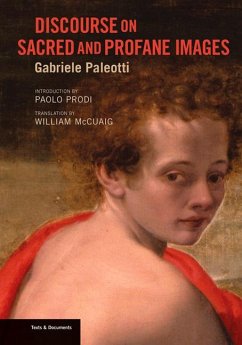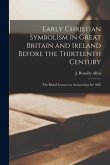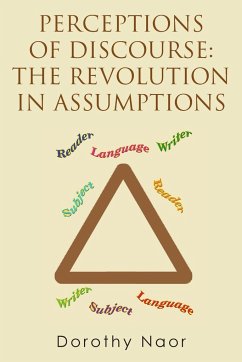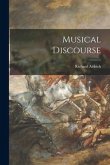In the wake of the Counter-Reformation, Cardinal Gabriele Paleotti, the archbishop of Bologna, wrote a remarkable treatise on art during a time when the Church feared rampant abuse in the arts. Translated into English here for the first time, Paleotti's Discourse on Sacred and Profane Images argues that art should address a broad audience and explains the painter's responsibility to his spectators. The Discourse is introduced by historian Paolo Prodi, who explains how--even if the archbishop did not succeed in reforming the arts--Paleotti's treatise constituted one last synthesis of art as a reading of creation and salvation history, and "sacred" art as a vehicle of devotion.








